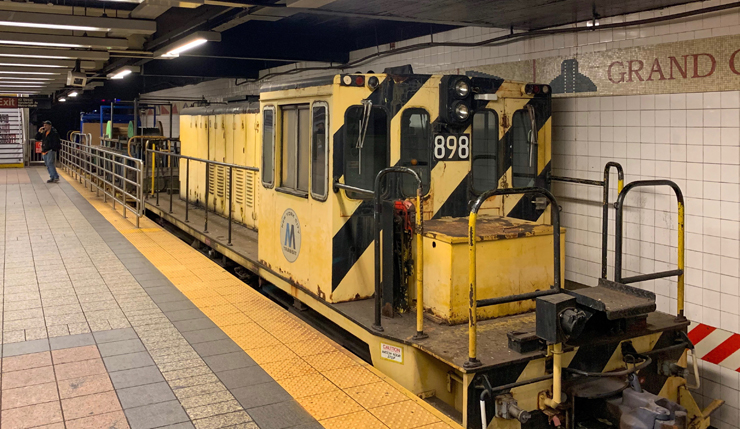NEW YORK — New subway technology was in the spotlight at Tuesday’s meeting of the Metropolitan Transportation Authority’s Capital Program Oversight Committee, with updates on communications-based train control and ultra-wideband communications.
CBTC is being credited for increased speed on New York City Transit’s Flushing subway line, saving five minutes on each 11-mile trip. That line and the L Train, which both have CBTC fully installed, are both being used to test the ultra-wideband system, with Siemens equipment on the L Train and Thales technology on the Flushing line, to allow certification for real-time CBTC positioning. The MTA deems the technology perfect for subway operations where line-of-sight communications doesn’t often work.
A third system, by Mitsubishi, has performed a subway car interoperability demonstration on another line; it is expected to be certified in the next six months.
The committee, which oversees large-scale MTA projects, was also brought up to date other major projects:
— Improvements continue on the 42nd Street Shuttle [see “Major upgrade planned for New York’s 42nd Street Shuttle,” Trains News Wire, Aug. 6, 2019] and accompanying work at Grand Central Terminal. The projects at Grand Central — new elevators, escalators, and wider transit mezzanines for the Shuttle and adjoining Lexington Avenue and Flushing lines, are projected to be completed by 2024, as are new elevators at the Flushing line’s Fifth Avenue stop.
— The first phase of the Queens Boulevard Line between Forest Hills and Kew Gardens in Queens is well underway. It will be followed by extensions to Queens Plaza, then 50th Street in Manhattan, with a projected completion date of July 2022.
— The almost 5-mile stretch of the Culver Line in Brooklyn between Church Avenue and West 8th Street is currently 17% complete. The Culver Line work is targeted for completion in August 2022.















PS the R156 built by MPI are painted blue and silver.
It is a picture or an R77 built in 1983 by GE.
https://www.nycsubway.org/perl/show?7379
https://en.m.wikipedia.org/wiki/List_of_New_York_City_Subway_R-type_contracts
If all the locomotive does is work in damp subway tunnels rust is going to happen sooner than normal.
For a 7 year old locomotive that sure is a lot of carbody rust. Automobiles have come a long way in combating surface rust. Does the same not apply to locomotives?